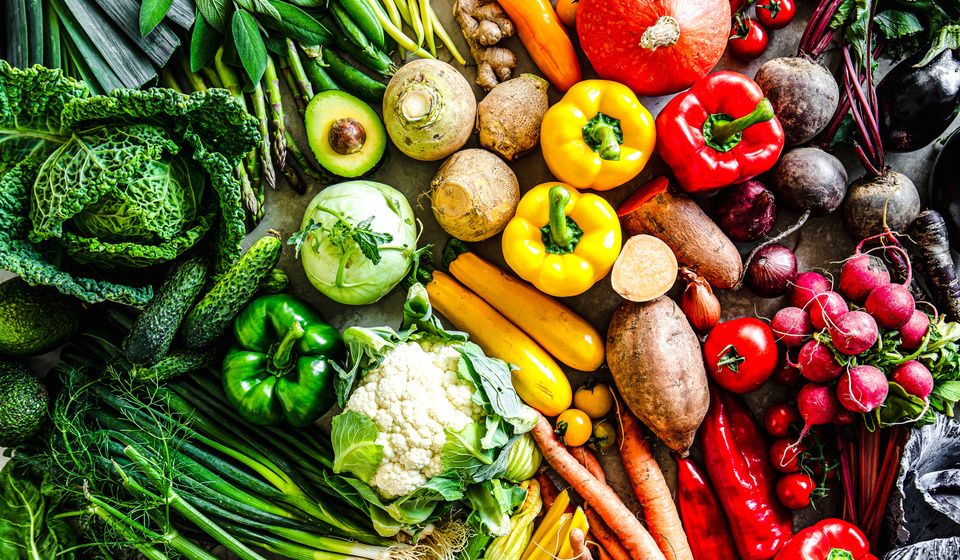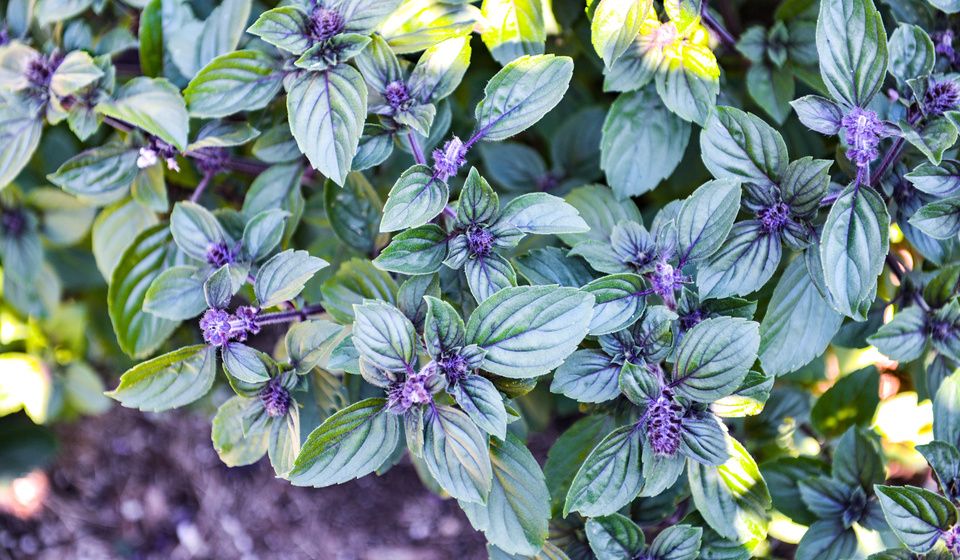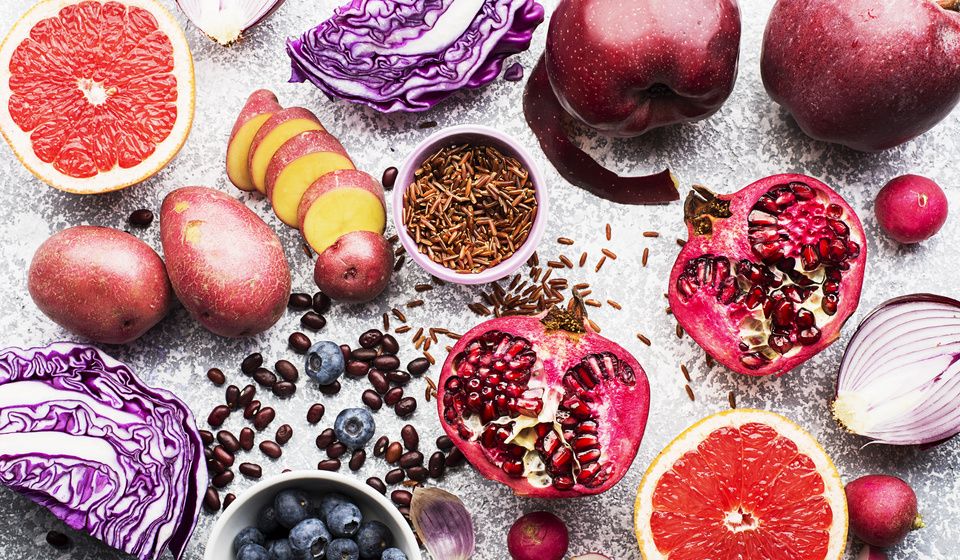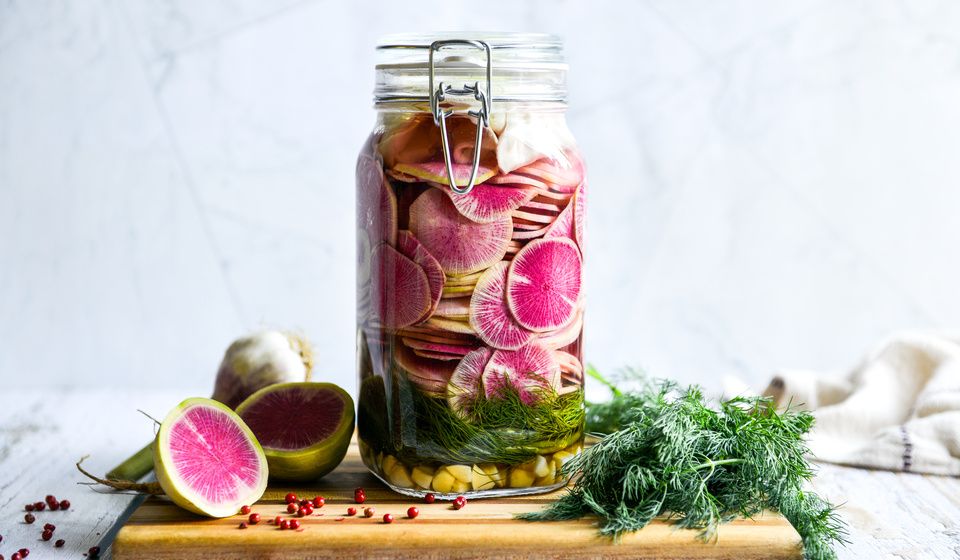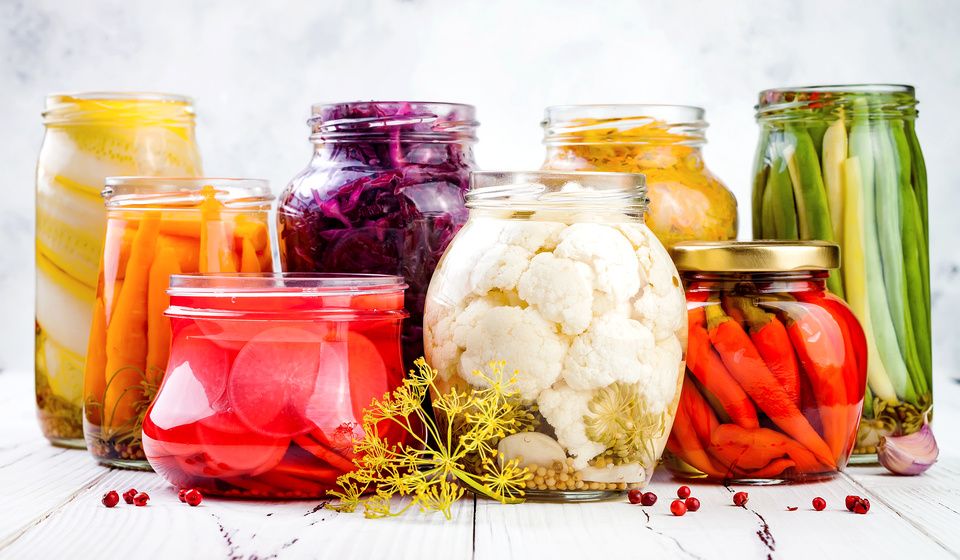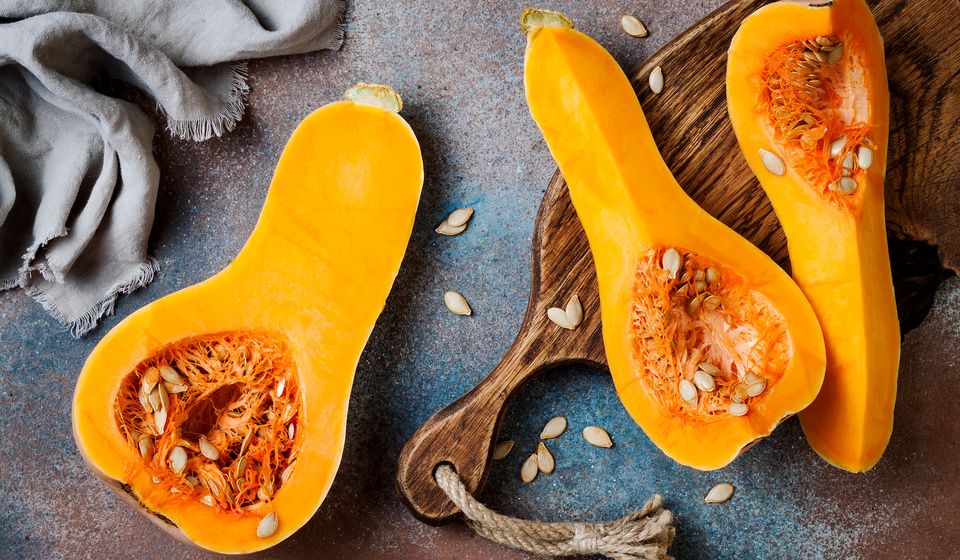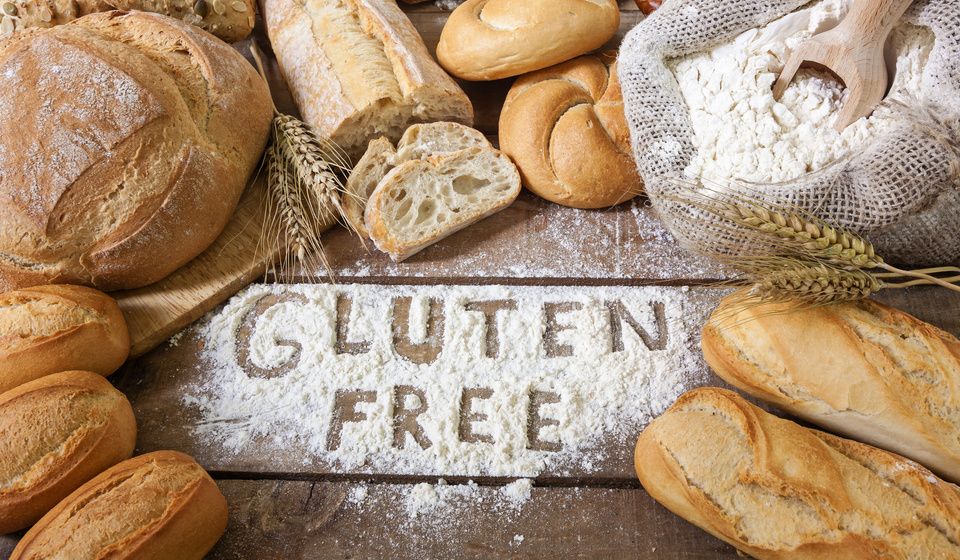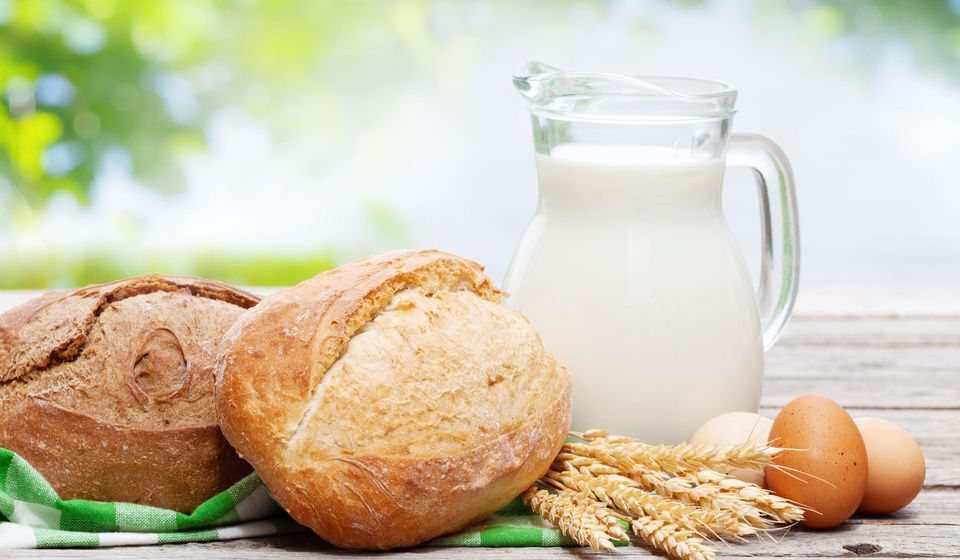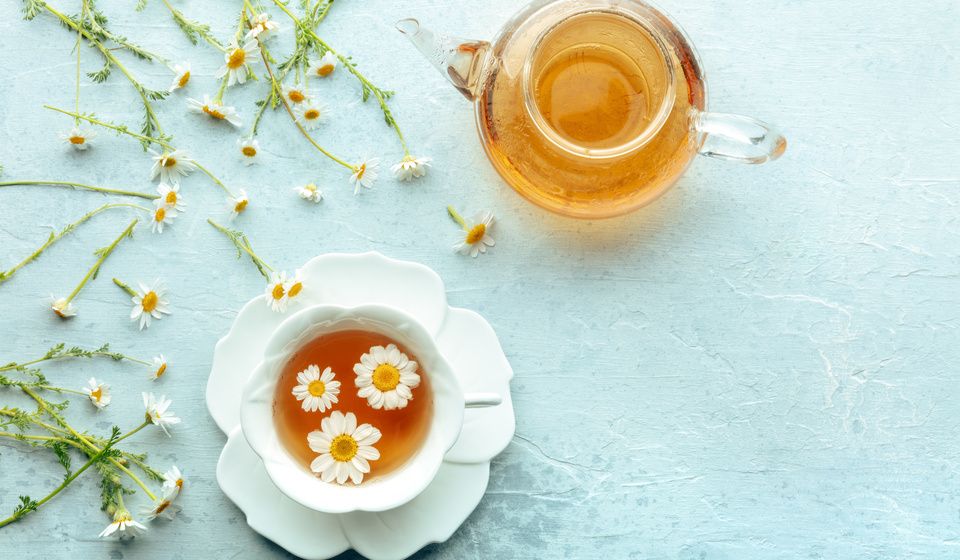
Why Gut Function Determines Nutrient Absorption
When we talk about nutrient density, there’s one essential truth. You are not just what you eat…you are what you absorb. Most of us assume that if we fill our plates with nutrient-dense foods, our bodies will automatically use them. But absorption isn’t automatic. Nutrient deficiencies can certainly stem from poor intake, but often more so from impaired digestion and absorption. The gut is not just a passive tube—it’s an intricate, living system that determines whether your food becomes fuel, or simply passes through. Low stomach acid, insufficient digestive enzymes, dysbiosis, leaky gut, or chronic stress can all block the body’s ability to fully access the nutrients in food.
